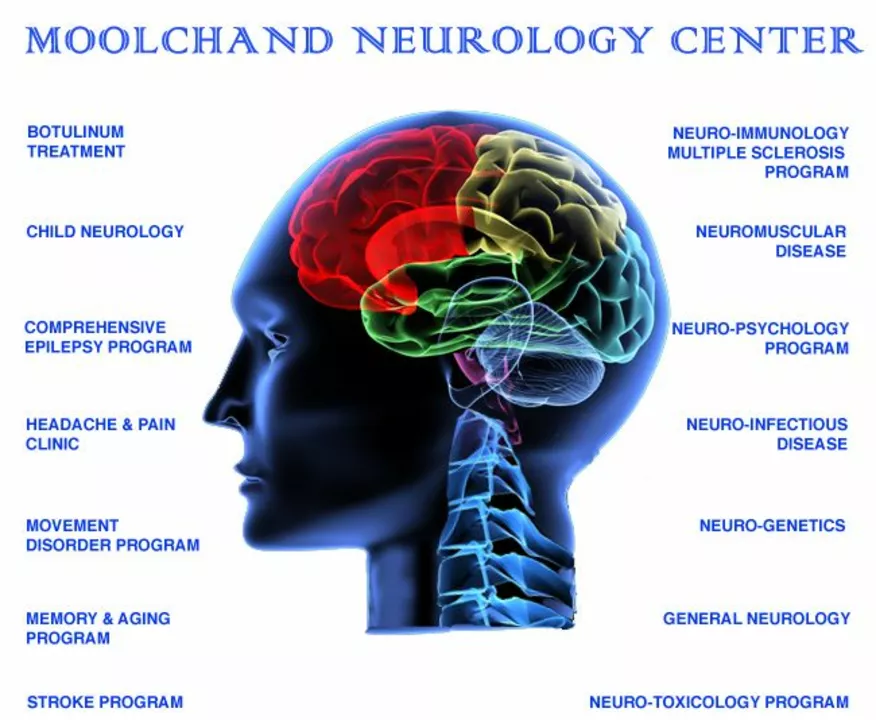Spastic muscle states — what they are and what helps
Spastic muscle states aren’t just “tight muscles.” They’re a change in muscle tone caused by injury or disease in the brain or spinal cord. That change makes muscles feel stiff, pull into odd positions, or suddenly jerk. Understanding what triggers spasticity and what actually helps makes a big difference in daily life.
Spasticity comes from damage to upper motor neurons — the nerves that tell your muscles when to relax. Common causes include stroke, multiple sclerosis (MS), cerebral palsy, spinal cord injury, and certain brain injuries. The same level of damage can cause different patterns: one person gets tight calves, another gets clasp-knife stiffness in an arm.
Typical symptoms are constant stiffness, painful muscle spasms, sudden jerks (clonus), limited range of motion, and trouble walking or using your hands. Spasticity can make hygiene, dressing, sleep, and transfers much harder. That’s why assessment matters: clinicians use simple bedside tests like the Modified Ashworth Scale or the Tardieu Scale, sometimes plus imaging or EMG, to map which muscles cause the most trouble.
Treatments that help right away
Start with practical measures you can do now. Regular stretching and slow, controlled range-of-motion exercises reduce stiffness and keep joints mobile. Heat and warm baths often relax tight muscles before stretching. Positioning and night splints prevent muscles from shortening. Physical and occupational therapists teach daily routines targeted to your problem areas — that’s usually the highest-impact step.
Medications come next if home care isn’t enough. Oral options include baclofen, tizanidine, and sometimes benzodiazepines; they lower tone but can cause sleepiness, weakness, or dizziness. For tight muscles limited to one area, botulinum toxin injections work well — they relax specific muscles for several months. For severe, widespread spasticity, an intrathecal baclofen pump gives continuous medication straight to the spinal cord and reduces system-wide side effects.
Surgery is for when conservative and medical approaches fail. Tendon lengthening, selective dorsal rhizotomy (used mainly in children with cerebral palsy), or orthopedic corrections can improve function and comfort. A surgeon and rehab team will review risks and likely gains before recommending any procedure.
Practical tips and when to seek help
Keep routines simple: daily stretches, a warm shower before exercise, and timing meds so peak effect matches therapy sessions. Use adaptive gear — splints, raised seats, and easy clothes — to save energy and prevent contractures. Watch for skin redness, swelling, or pain near spastic joints; those can signal pressure sores or infection.
Call your clinician if spasms suddenly worsen, if you get a fever, lose new function, or experience severe pain. Spasticity responds best to a team approach: neurologist or physiatrist, therapist, nurse, and sometimes surgeon. With the right plan you can reduce pain, keep mobility, and make daily life easier.

The Connection Between Spastic Muscle States and Multiple Sclerosis
As a blogger, I recently came across some fascinating research on the connection between spastic muscle states and Multiple Sclerosis (MS). It turns out that spasticity is quite common in people with MS, affecting up to 80% of those diagnosed. This leads to muscle stiffness, spasms, and difficulty with movement, having a significant impact on a person's quality of life. Researchers believe that this spasticity results from damage to the nerves within the central nervous system, which disrupts the normal communication between the brain and muscles. Understanding this connection better could potentially lead to more effective treatments for managing the symptoms of MS and improving the lives of those affected.
- Health and Wellness (58)
- Drug Information (45)
- Pharmacy Information (19)
- Medical Conditions (17)
- Supplements (4)
- Diabetes (3)
- Travel Health (2)
- Parenting (2)
- Mental Health (2)
- Heart Health (1)
-
Osteoarthritis and Travel: Tips for Managing Symptoms on the Go
21 May 2023 -
Unleash Your Body's Full Potential with Medium Chain Triglycerides
26 Jun 2023 -
Top Alternatives to Methylphenidate: Exploring Your Options
25 Mar 2025 -
Cystone vs Alternatives: Natural Kidney Stone Remedies Compared
18 Nov 2025 -
How to Buy Affordable Ciprofloxacin Online: A Comprehensive Guide
25 Jan 2024

6.05.23
Alistair Mukondiwa
20